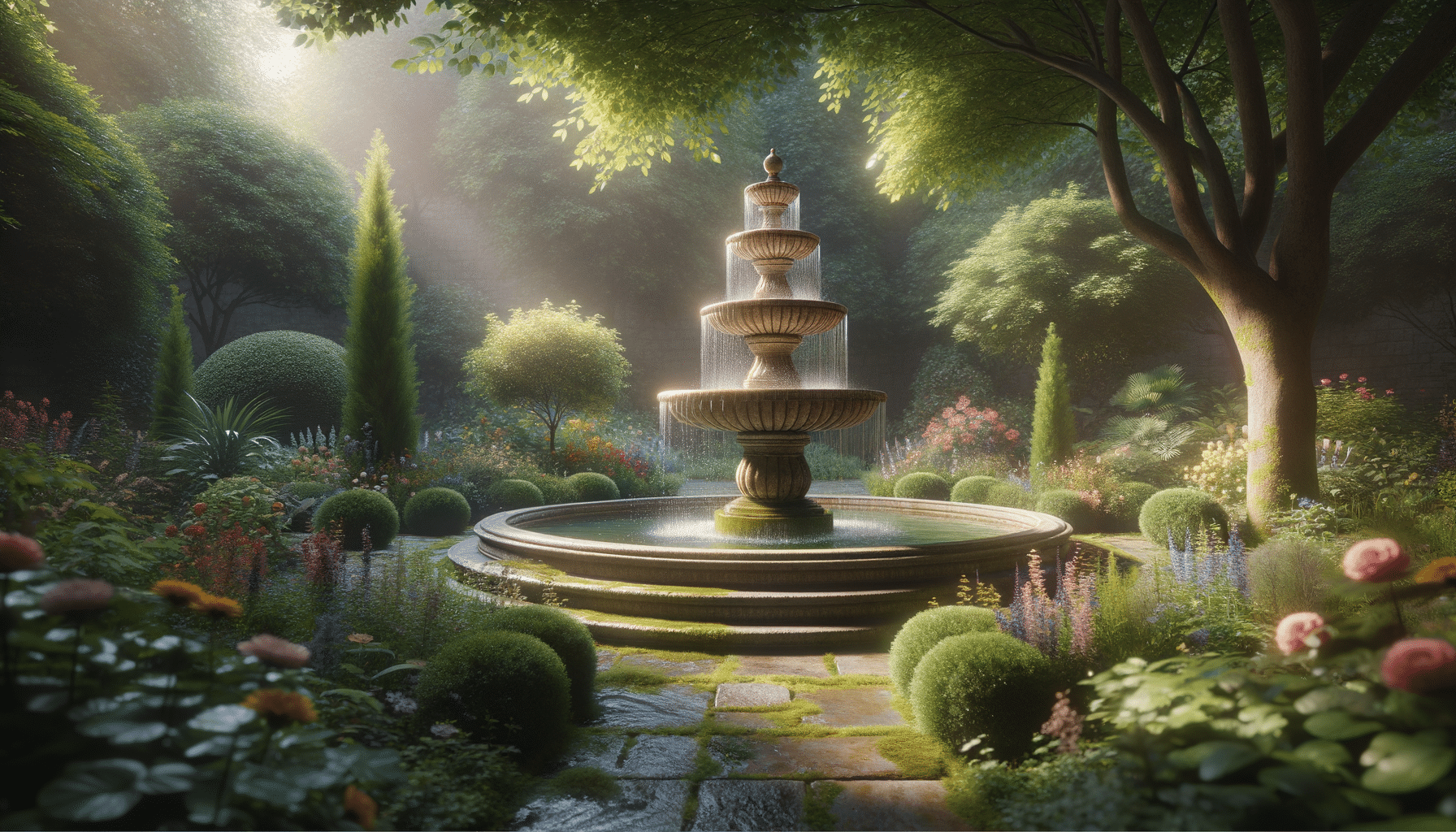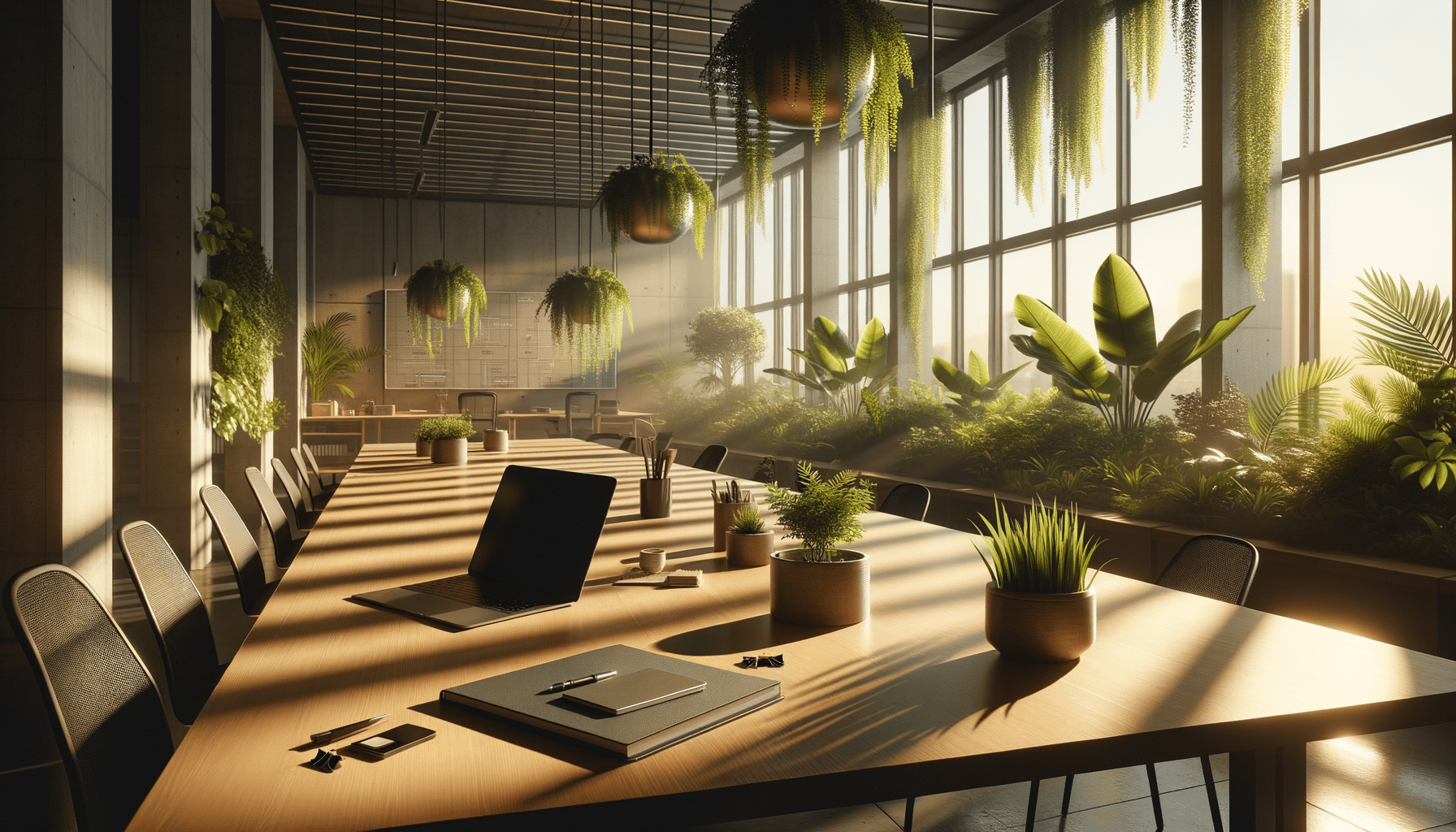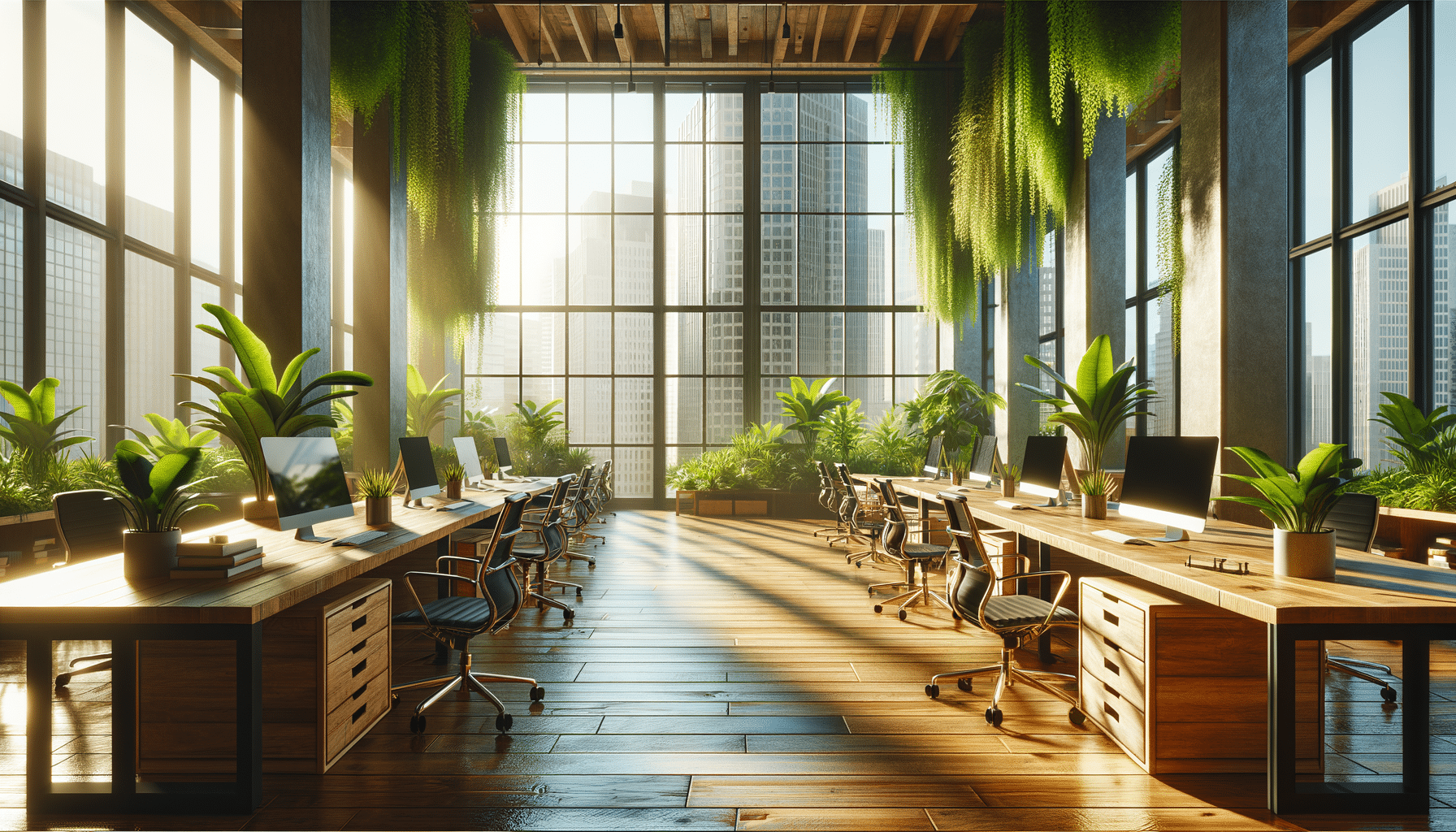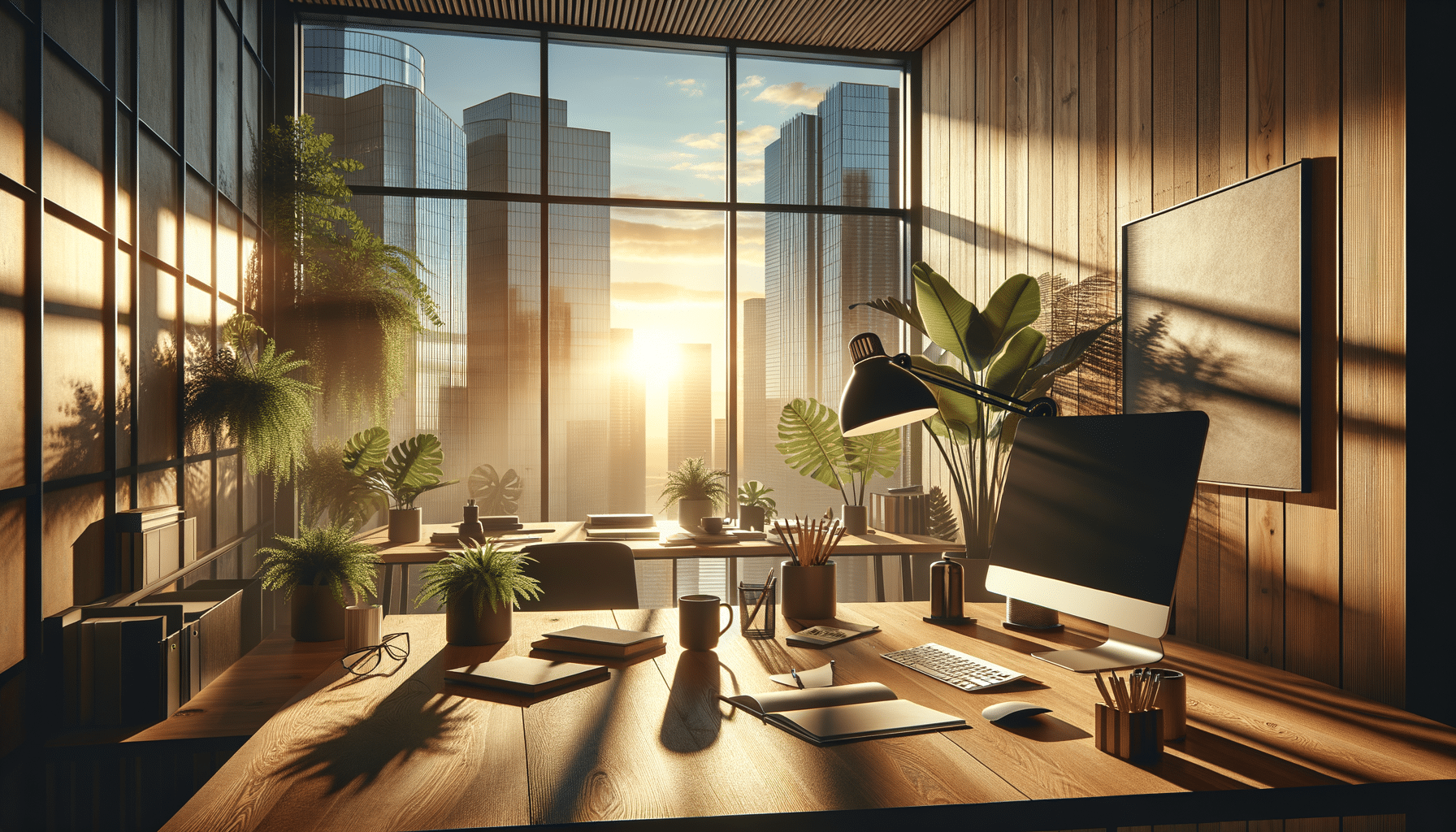
Enhancing Your Outdoor Space with Garden Fountains
The Allure of Garden Fountains
Garden fountains have long been a staple in outdoor design, offering both aesthetic appeal and practical benefits. Their presence can transform a simple backyard into a tranquil retreat, adding a touch of elegance and serenity. The gentle sound of flowing water can mask unwanted noise, creating an oasis of calm amidst the chaos of daily life. But beyond their beauty, garden fountains serve functional roles, such as attracting wildlife and improving air quality.
The allure of garden fountains lies in their versatility. They come in various styles, from classical tiered structures to modern abstract designs, allowing homeowners to choose a piece that complements their existing landscape. This adaptability makes them a favored choice for those looking to enhance their outdoor spaces without extensive renovations.
Moreover, garden fountains can serve as focal points, drawing the eye and setting the tone for the rest of the garden. Whether nestled among lush plantings or standing proudly in an open area, a well-chosen fountain can elevate the overall aesthetic of any outdoor space. As such, they are an investment in both beauty and function, offering a unique blend of art and nature.
Types of Garden Fountains
When considering a garden fountain, it’s essential to explore the different types available to find one that suits your space and style. Some popular options include freestanding fountains, wall-mounted designs, and tabletop models. Each type offers distinct advantages, catering to various preferences and garden sizes.
Freestanding fountains are among the most popular choices, known for their impressive presence and ability to serve as a central feature in a garden. They often come in tiered designs, which enhance the visual appeal and create a soothing sound as water cascades from one level to the next. These fountains are ideal for larger spaces where they can be appreciated from multiple angles.
Wall-mounted fountains are perfect for smaller gardens or courtyards, where space is at a premium. They can be attached to an existing wall or fence, adding a decorative element without taking up valuable ground space. These fountains often feature intricate designs, making them a beautiful addition to any vertical surface.
For those with limited outdoor space, tabletop fountains offer a compact solution. These small fountains can be placed on patios, balconies, or even indoors, bringing the calming effects of flowing water to any environment. Despite their size, tabletop fountains can be just as captivating as their larger counterparts, often featuring intricate designs and materials.
Materials and Maintenance
The material of a garden fountain can significantly impact its appearance, durability, and maintenance requirements. Common materials include stone, metal, ceramic, and resin, each offering unique benefits and considerations.
Stone fountains, often made from granite or marble, are highly durable and can withstand the elements for years. Their natural appearance blends seamlessly with outdoor surroundings, making them a classic choice for traditional gardens. However, they can be heavy and may require more substantial support structures.
Metal fountains, crafted from materials like copper or stainless steel, offer a modern aesthetic and are known for their resilience. They can develop a beautiful patina over time, adding character and depth to the design. Regular cleaning and occasional sealing can help maintain their appearance and prevent corrosion.
Ceramic fountains are available in a variety of colors and patterns, allowing for a personalized touch. They are best suited for mild climates, as extreme temperatures can cause cracking. Regular inspection and maintenance can help prolong their lifespan.
Resin fountains are lightweight and affordable, making them an excellent option for those on a budget. They can mimic the appearance of more expensive materials, providing a cost-effective way to enhance an outdoor space. While they are generally low-maintenance, periodic cleaning can prevent algae buildup and ensure optimal performance.
Environmental and Health Benefits
Garden fountains offer more than just aesthetic appeal; they also provide significant environmental and health benefits. The presence of a fountain can enhance the microclimate of a garden, contributing to improved air quality and creating a more pleasant environment.
One of the primary environmental benefits of garden fountains is their ability to attract wildlife. Birds, butterflies, and other creatures are drawn to the water source, adding life and movement to the garden. This not only enhances biodiversity but also supports local ecosystems.
Fountains can also improve air quality by increasing humidity levels, especially in dry climates. The evaporation of water from the fountain can help reduce dust and allergens in the air, making it easier to breathe. This can be particularly beneficial for individuals with respiratory conditions or allergies.
Furthermore, the soothing sound of flowing water has been shown to reduce stress and promote relaxation. Spending time near a fountain can lower blood pressure and improve overall well-being, contributing to a healthier lifestyle. As such, garden fountains are not just decorative elements but valuable additions to any outdoor space.
Choosing the Right Fountain for Your Space
Selecting the right garden fountain involves considering several factors, including the size of your outdoor area, the style of your garden, and your personal preferences. It’s essential to choose a fountain that complements the existing landscape while also meeting your functional needs.
Start by assessing the size of your space. Larger gardens can accommodate grand, freestanding fountains that serve as focal points, while smaller areas might benefit from wall-mounted or tabletop designs. Consider the visual impact you want the fountain to have and how it will integrate with other elements in the garden.
The style of your garden should also influence your choice. Traditional gardens may benefit from classical stone or tiered fountains, while modern landscapes might be better suited to sleek metal or abstract designs. Think about the overall aesthetic you want to achieve and select a fountain that aligns with that vision.
Finally, consider the practical aspects, such as maintenance and budget. While some materials and designs may require more upkeep, they can also offer greater longevity and visual appeal. Balancing these factors will help you find a fountain that enhances your outdoor space and provides lasting enjoyment.


